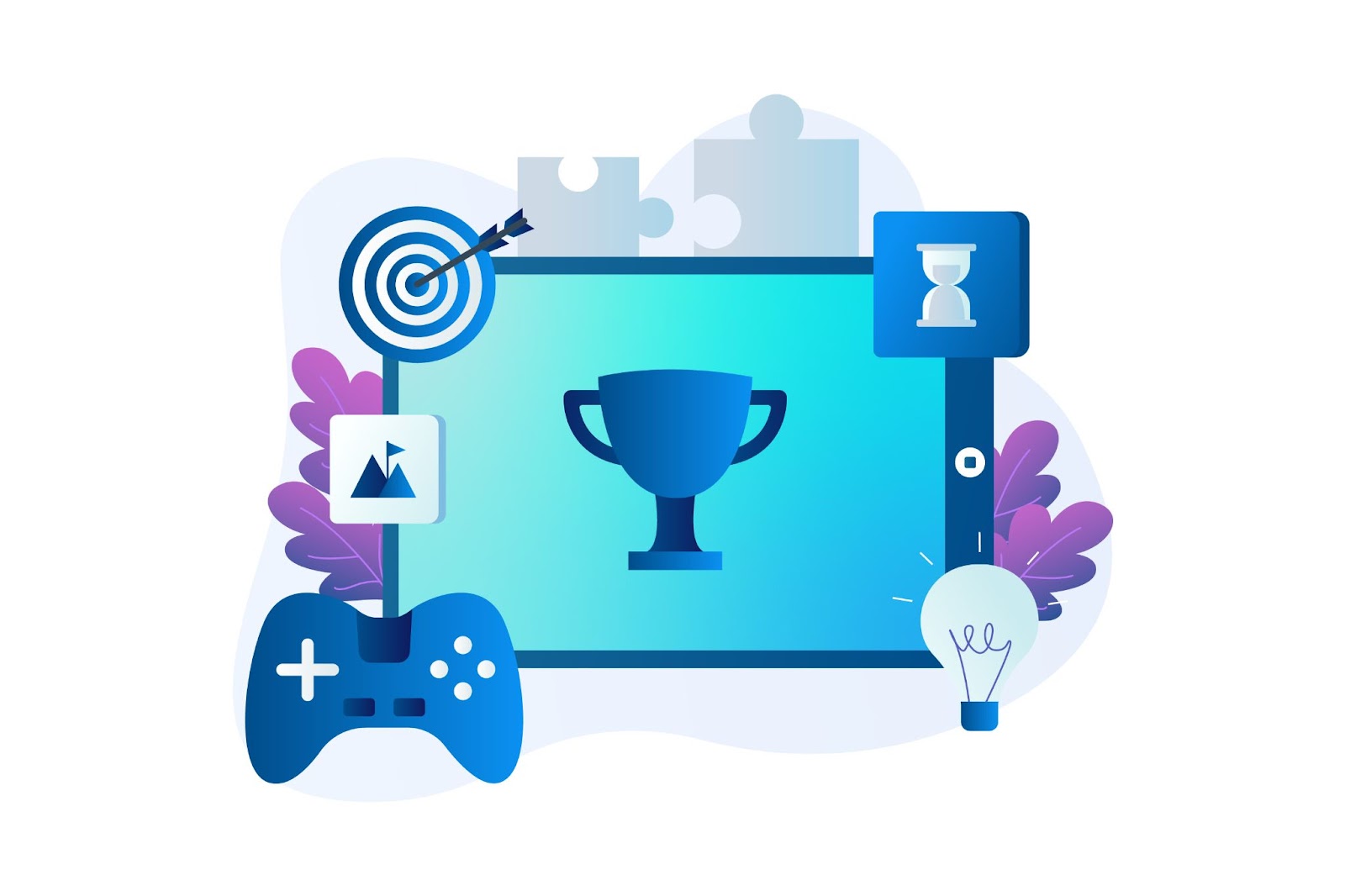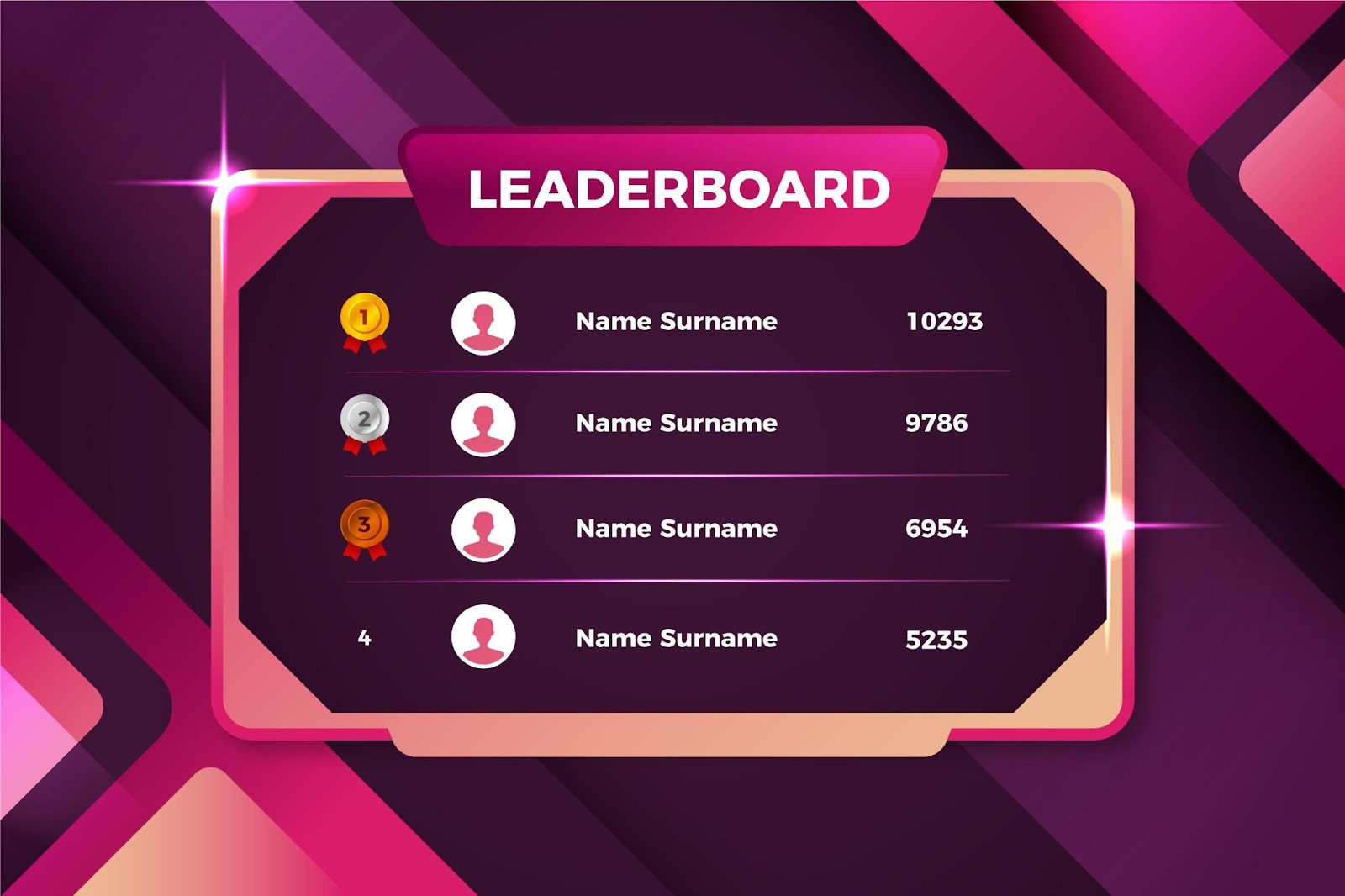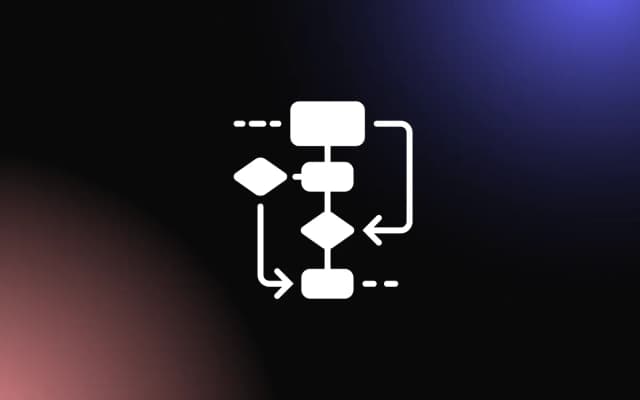
Leaderboards have become an effective tool in education for fostering engagement, encouraging healthy competition, and motivating students to excel.
By visually showcasing progress and achievements, leaderboards add an interactive element to the learning process, making it more enjoyable and goal-oriented. Whether used in quizzes, classroom activities, or online learning platforms, leaderboards create opportunities for students to track their progress and strive for improvement.
This article will explore the benefits of incorporating leaderboards in education and provide practical tips for implementing them to enhance the learning experience.
The Role of Gamification in Education
Gamification has transformed education by integrating game-like elements into learning environments to boost engagement and motivation. By making education more interactive and rewarding, gamified approaches foster better learning outcomes and participation.
Understanding Gamification
Gamification involves applying game mechanics, such as points, badges, leaderboards, and challenges, to non-game contexts like education. It leverages the psychological appeal of rewards, competition, and achievement to enhance the learning process.
For example, students might earn points for completing tasks or badges for mastering a skill, making lessons feel more like a game and less like traditional coursework.
Benefits of Gamified Learning Environments
Gamified learning encourages active participation and sustained interest by creating a sense of accomplishment and competition.
It caters to diverse learning styles, making complex topics more accessible through interactive and visual elements. Additionally, gamification fosters collaboration and social learning, as students engage in team challenges or compare progress on leaderboards.
This approach not only improves knowledge retention but also builds essential skills like problem-solving and teamwork, preparing learners for real-world challenges.
Implementing Leaderboards in Educational Settings
Leaderboards are a valuable tool in education, motivating students and enhancing engagement through gamified learning. For leaderboards to be effective, they must be thoughtfully designed with clear criteria for ranking and recognition while ensuring fairness and inclusivity.
Designing Effective Leaderboards
A well-designed leaderboard should be visually appealing, easy to understand, and integrated seamlessly into the learning platform.
Use clear categories that reflect specific objectives, such as “Top Quiz Scores” or “Most Improved.” Avoid overcomplicating the design—simple layouts with student rankings, scores, or badges are often the most effective. Regular updates to the leaderboard keep it dynamic, fostering ongoing interest and participation.
Additionally, incorporating positive visual elements like colors, icons, and animations can make the leaderboard more engaging for students.
Criteria for Ranking and Recognition
Define ranking criteria that align with educational goals, focusing on metrics like progress, effort, or creativity rather than just high scores.
For example, recognizing students for completing assignments on time or for collaboration can provide a more well-rounded assessment of performance. Offering diverse recognition options, such as “Team Player” or “Most Curious Learner,” ensures all students have opportunities to excel in areas that resonate with their strengths.
Ensuring Fairness and Inclusivity
To avoid discouragement, implement tiered leaderboards or group students by similar skill levels.
This ensures that all participants have an equal chance to see their progress recognized. Highlighting personal improvement alongside rankings helps students focus on their own growth rather than direct comparisons.
Additionally, ensure that leaderboards respect privacy by using nicknames or anonymized IDs instead of full names.
Educational Benefits of Leaderboards
Leaderboards are a powerful educational tool that can enhance learning experiences by motivating students, fostering healthy competition, and providing a mechanism to track and reward progress. When used thoughtfully, they contribute to a dynamic and engaging learning environment.
Enhancing Student Motivation
Leaderboards tap into intrinsic and extrinsic motivational drivers. Students are naturally drawn to the recognition and sense of accomplishment that comes with seeing their names on a leaderboard. This visibility encourages them to stay engaged, work harder, and actively participate in learning activities.
For instance, a leaderboard showcasing quiz scores can motivate students to improve their performance and complete assignments on time. The gamified approach transforms routine tasks into enjoyable challenges, making learning more appealing.
Encouraging Healthy Competition
By fostering a sense of friendly competition, leaderboards inspire students to challenge themselves while observing their peers’ progress.
This environment can be especially effective in group settings, where students collaborate or compete to achieve shared goals. Healthy competition encourages skill development, resilience, and determination, key attributes for academic and personal growth.
To maintain a positive atmosphere, leaderboards should highlight effort and improvement rather than solely focusing on top performers.
Tracking and Rewarding Progress
Leaderboards provide educators with a clear way to monitor student progress and identify patterns in performance.
They can highlight areas where students excel and pinpoint topics requiring additional support. Recognizing progress through badges, certificates, or other rewards adds a tangible element to achievements, reinforcing positive behavior.
For example, awards like “Most Improved” or “Top Collaborator” encourage continuous effort and celebrate diverse accomplishments.
Integrating Leaderboards with Educational Technology
Integrating leaderboards into educational technology enhances learning by fostering engagement and motivation. By leveraging tools and combining leaderboards with other gamification elements, educators can create a more interactive and rewarding experience for students.
Tools and Platforms for Leaderboard Integration
Common Ninja’s Leaderboard widget is an exceptional tool for creating and adding leaderboards to websites.
Additionally, many learning management systems (LMS) and educational platforms offer built-in leaderboard functionality or support third-party integrations. Tools like Classcraft, Kahoot!, and Quizizz allow educators to implement leaderboards seamlessly into quizzes, assignments, and group activities.
For more customizable options, platforms like Moodle and Google Classroom support extensions or plugins that enable leaderboard tracking based on specific metrics such as participation, progress, or performance.
These tools also provide analytics, enabling educators to assess student engagement and tailor learning activities accordingly.
Combining Leaderboards with Other Gamification Elements
Leaderboards are most effective when combined with other gamification features, such as badges, points, and rewards. For example, pairing leaderboards with achievement badges for milestones like “Perfect Attendance” or “Most Improved” encourages continued participation.
Adding progress bars or unlocking levels based on leaderboard rankings keeps students motivated by showing tangible progress. Integrating leaderboards with collaborative tools, like team challenges, fosters teamwork while maintaining a competitive edge.
Conclusion
In conclusion, incorporating leaderboards into education is an innovative way to make learning more interactive and enjoyable for students. This article has highlighted the benefits of fostering competition, tracking progress, and increasing motivation through leaderboards.
By integrating this tool thoughtfully, educators can create a dynamic classroom environment that keeps students engaged and excited about learning. Leaderboards are not just about competition; they are a pathway to recognizing effort and encouraging continuous improvement, ultimately leading to better educational outcomes.


